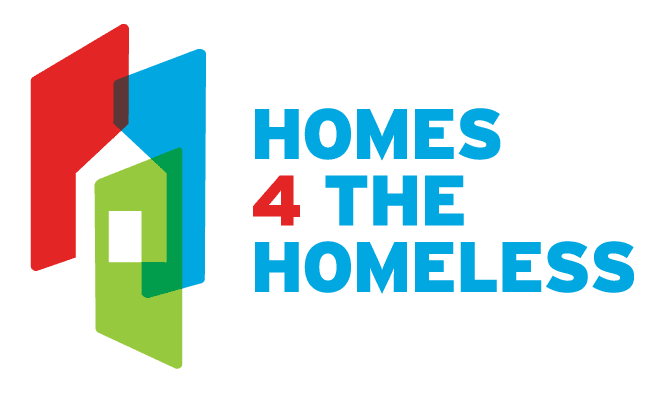New HUD Rules Slash Support for Permanent Housing, Reward Ideology Over Evidence, and Threaten Decades of Bipartisan Progress
President Donald Trump’s administration is moving forward with a plan to significantly overhaul homeless services funding in America, a move that advocates say will put hundreds of thousands of people at immediate risk of becoming homeless.
On November 14, the Department of Housing and Urban Development released a long-awaited Notice of Funding Opportunity that outlined the changes the agency is making to its funding. Overall, the federal government is making $3.9 billion available through its Continuum of Care grants, but advocates are more concerned about the fine print.
For instance, the funding requires homeless service providers to abandon Housing First principles, despite decades of evidence that prove Housing First is the best way to end homelessness. It also caps the amount of funding that can be spent on permanent supportive housing at 30%, places a greater emphasis on work-and-treatment-first programs, and redirects funding to organizations that are ideologically aligned with the administration.
HUD Secretary Scott Turner said in a statement that the changes are necessary to stop the “Biden-era slush fund that fueled the homelessness crisis” and “incentivized never-ending government dependency.”
Advocates described the changes as “regressive” and predict that they will force as many as 170,000 people—mainly seniors and people with disabilities—back onto the streets.
“These regressive changes to how federal homelessness support is distributed across the country will destroy the bipartisan and common-sense consensus that homelessness is solved with housing and support,” The National Homelessness Law Center said in a statement. “Included in this move are attempts to force cities and states to enact Trump’s bigoted dream of making it a crime to be homeless and to discriminate against trans people and immigrants.”
A Coordinated Push to Criminalize and Control, Not House People
Trump promised to make sweeping changes to the way homelessness is addressed in America and made good on that promise early in his administration. Trump issued an Executive Order in March calling on state and local governments to treat homelessness as a crime and mental health issue. That call to action followed the Supreme Court’s ruling in Grants Pass v. Johnson, which ruled that using punitive punishments to address homelessness is legal.
The administration has also tried to force nonprofits to align with the administration’s ideology. For instance, Trump signed an Executive Order prohibiting organizations that receive federal grants from promoting Diversity, Equity, and Inclusion policies. He has also sought to withhold grant funding for organizations and public schools with whom he disagrees.
Cuts That Hit When Homelessness Is at Historic Highs
These efforts are happening at a time when rents continue to rise nationwide, along with rates of homelessness. In 2024, more than 771,000 people were homeless in America, an increase of 18% year-over-year. HUD’s annual report to Congress blamed the country’s lack of affordable housing for driving the crisis, an assertion that is supported by decades of empirical research.
“HUD’s decision to massively cut funding for proven solutions to homelessness and further delay much-needed funding comes at truly the worst moment for people suffering under the strain of a housing crisis,” said Shaun Donovan, CEO of Enterprise Community Partners.
“Homelessness is at record levels nationwide, and rather than investing in solutions that work, the administration is taking this moment to imperil the futures of hundreds of thousands and put added pressure on local communities and economies,” he added.
Communities Already on the Brink Will Feel the Pain First
The funding changes will not only impact national nonprofits, but local ones as well. One of the most immediate impacts from the funding changes will be that nonprofits have less money to maintain their affordable housing properties, which will lead to thousands of people living in substandard housing. Seniors and people with disabilities would be disproportionately impacted because the two groups heavily rely on government benefits to afford housing.
“The number of people who could lose the safety of their homes is significant, but behind every number is a person who has worked hard to achieve stability while managing disabilities,” Deborah De Santis, CEO of the Center for Supportive Housing, said in a statement. “These are neighbors, friends, and family members who now face eviction and a return to homelessness, reversing years of progress.”
For local nonprofits, the changes to federal funding programs could be life-threatening.
“The scale and speed of HUD’s cuts and rule changes place Minnesotans who have overcome homelessness at immediate risk, leaving communities with zero time to plan and reverse decades of bipartisan progress on proven solutions to homelessness,” Chris LaTondresse, CEO of Beacon Interfaith Housing Partners, said in a statement.
“Without that stability, every next step becomes harder, and in many cases, impossible,” Amy Turk, CEO of the Downtown Women’s Center in Los Angeles, wrote on social media. “The proposed federal changes will disrupt that foundation nationwide at a time when affordable housing is out of reach in every corner of the country and homelessness has reached historic levels.”
What You Can Do Right Now to Protect People at Risk
Now is not the time to be silent about homelessness in America. Poverty and homelessness are both policy choices, not personal failures. That’s why we need you to contact your officials and tell them you support legislation that:
- Streamlines the development of affordable housing
- Reduces barriers for people experiencing homelessness to enter permanent housing
- Bolsters government response to homelessness
Together, we can end homelessness.
